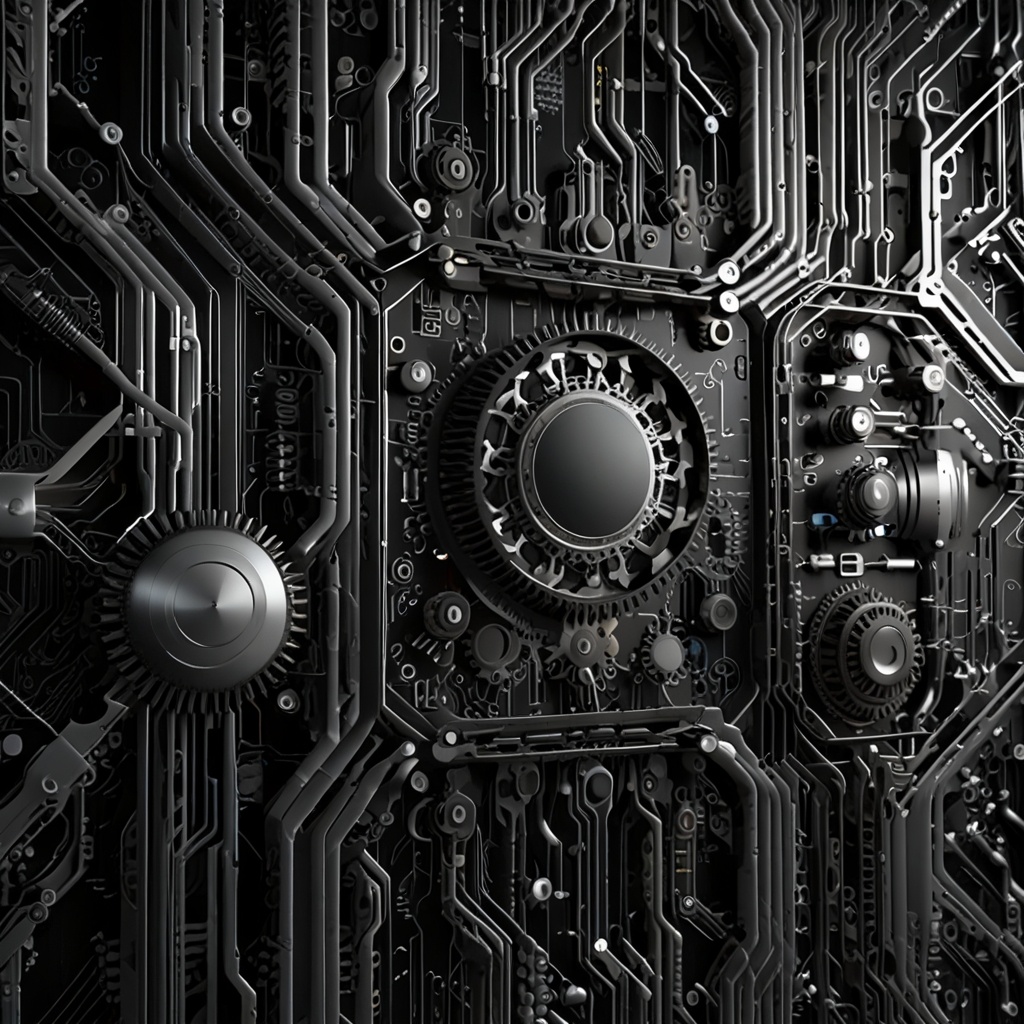Artificial Intelligence is revolutionizing the film and animation industries, particularly in the realm of Visual Effects (VFX). Once requiring vast teams and months of post-production, VFX can now be enhanced, streamlined, or even automated using AI-driven tools. From rotoscoping and background replacement to facial animation and crowd simulation, AI allows filmmakers and animators to reduce costs, accelerate workflows, and focus more on creativity. This comprehensive guide explores the role of AI in automating VFX, the core technologies powering it, real-world applications, industry tools, and the implications for the future of cinematic production.
Visual Effects encompass all the imagery created or manipulated outside of live-action filming. This includes environments, characters, explosions, digital doubles, de-aging, and compositing. Traditionally, these tasks required intense manual labor, massive render farms, and specialized artists with years of training. Key challenges in the traditional VFX pipeline include:
AI addresses these limitations by learning patterns from data and automating complex, repetitive, or physics-based tasks using machine learning and neural rendering.
CNNs are at the heart of many AI-based image and video processing tasks. They are used in tasks like denoising, segmentation, frame interpolation, and style transfer.
GANs are used to generate high-fidelity imagery, enabling techniques like AI upscaling, face synthesis, texture generation, and neural rendering of environments.
AI models can track movement between frames to interpolate new frames (for slow motion or frame rate conversion) or stabilize footage without the need for markers.
Tools like RunwayML and Pika enable creators to describe scenes or visual styles in text and let the model generate motion graphics or VFX elements accordingly.
AI can automatically identify people, objects, or environments in frames to assist in green screen removal, tracking, and composite layering.
Traditionally, rotoscoping manually tracing objects frame by frame could take hours or days. AI tools like Adobe Sensei, RunwayML, and Deep Video Matting can auto-segment characters with high accuracy in real-time or batch mode.
AI-based keying removes backgrounds without needing perfect green screen lighting. Tools such as DaVinci Resolve’s Neural Engine and Zoom’s AI background removal use real-time segmentation.
Deep learning allows digital face swapping, de-aging, or voice syncing using models like DeepFaceLab or FaceSwap. This is increasingly being used in film reshoots, actor stand-ins, or for ethical digital resurrection (with consent).
AI models can estimate full-body skeleton and facial motion using monocular cameras, bypassing expensive mocap suits. Examples include DeepMotion, Plask, and RADiCAL Motion.
Traditionally simulated using complex physics engines, AI can now generate plausible fire, smoke, and debris effects with fewer computational resources. GAN-based simulations are increasingly replacing heavy simulations for background elements.
Instead of duplicating extras or manually animating crowds, AI can simulate diverse, autonomous agents with behavior trees or reinforcement learning to populate battlefields, festivals, or cities.
Tools like NVIDIA Omniverse Audio2Face or Wav2Lip synchronize character faces with audio files automatically, reducing time spent on manual rigging and keyframing.
AI-powered super-resolution tools such as Topaz Video Enhance AI or ESRGAN are used to upscale footage to 4K or clean noisy scenes especially useful in remastering or low-light shots.
Disney has used AI-based facial aging and de-aging in Marvel films like "Captain Marvel" and "Ant-Man," allowing actors to appear decades younger or older in flashbacks with minimal reshoots.
AI and deepfake technology were used to recreate a young Mark Hamill. Later, fan-based deepfakes (like from Shamook) surpassed the original studio results, showing the power of community-developed AI tools.
Studios are using AI to upscale old VHS and early 2000s footage into 4K and 8K formats. AI fills in missing details, removes grain, and improves lighting dynamically.
Netflix uses AI to automatically lip-sync dubbed content in foreign languages using tools like Wav2Lip and GAN-based facial modeling.
AI is set to become a co-creator, not just a tool. Future developments include:
AI is no longer an optional add-on in the VFX workflow it is fast becoming essential. By automating labor-intensive tasks, AI empowers artists to focus on storytelling, emotion, and vision. It democratizes access to high-end effects for indie creators and accelerates timelines for blockbuster production houses. As tools evolve, the integration of AI will redefine not only how films are made, but also who gets to make them. The creative landscape is expanding and AI is holding the camera.
